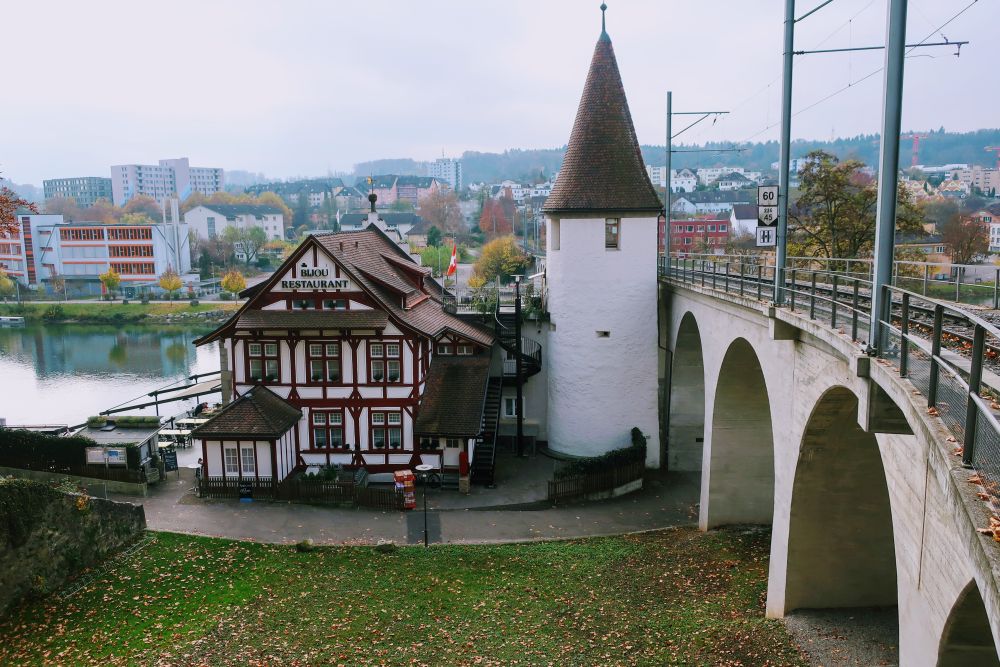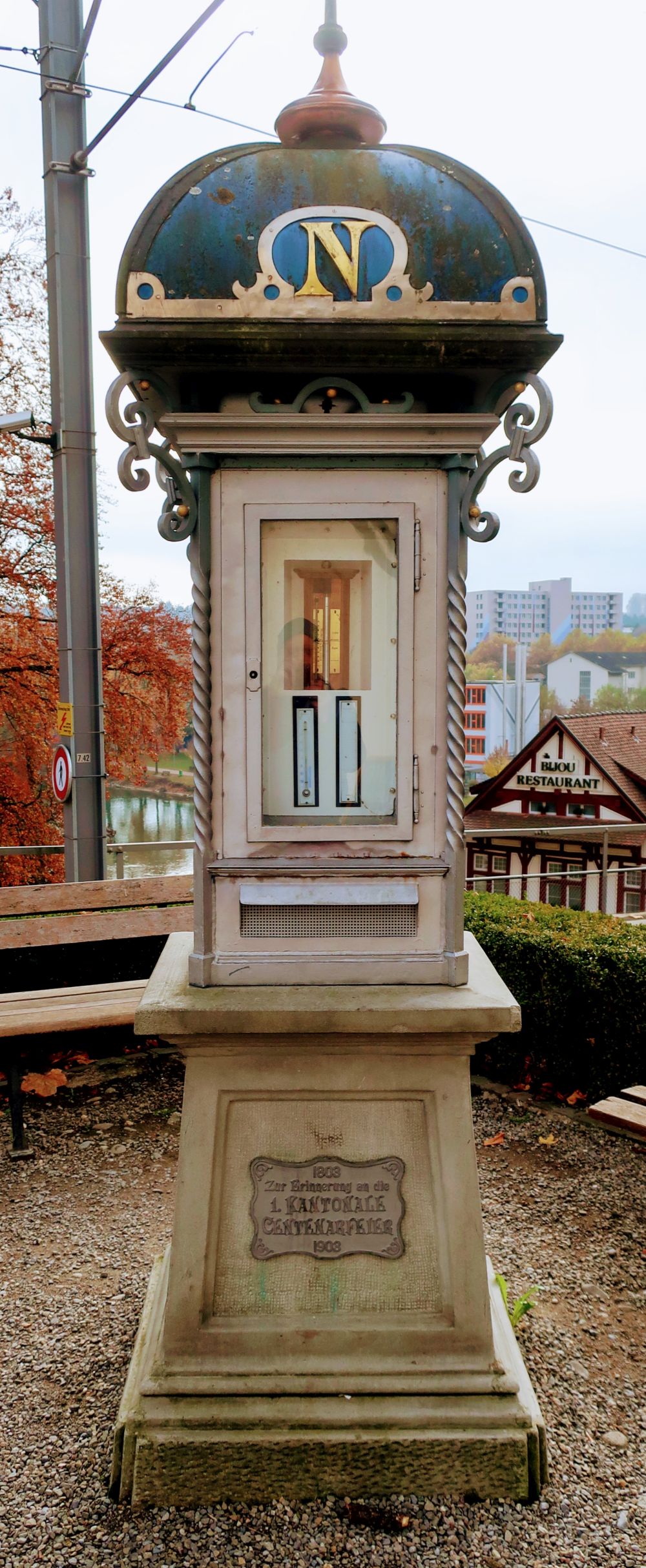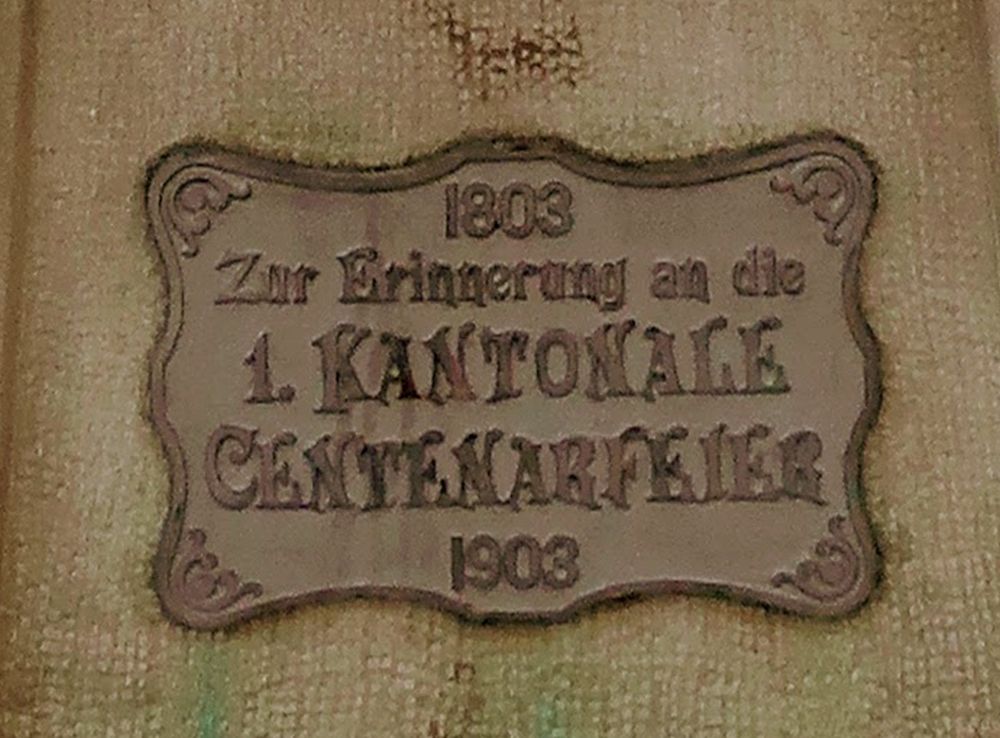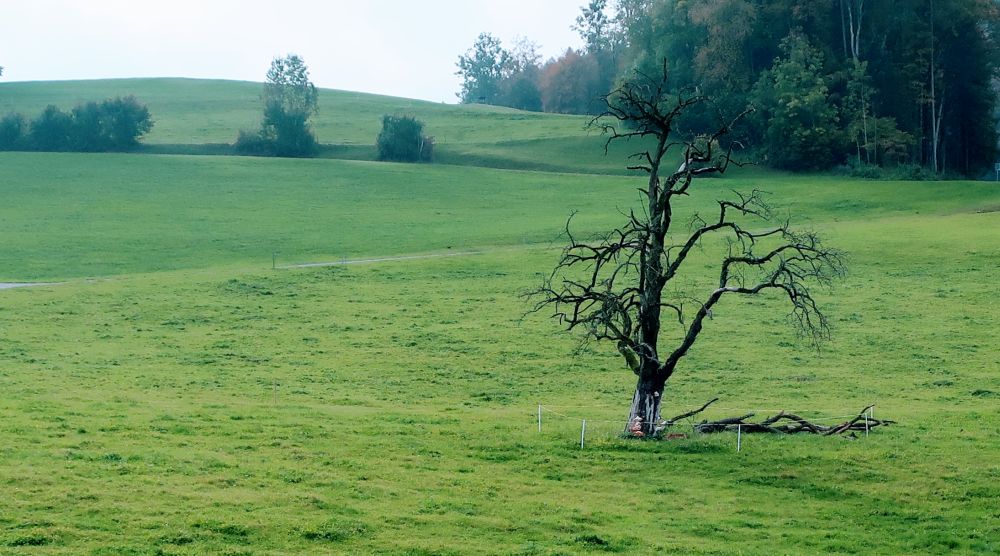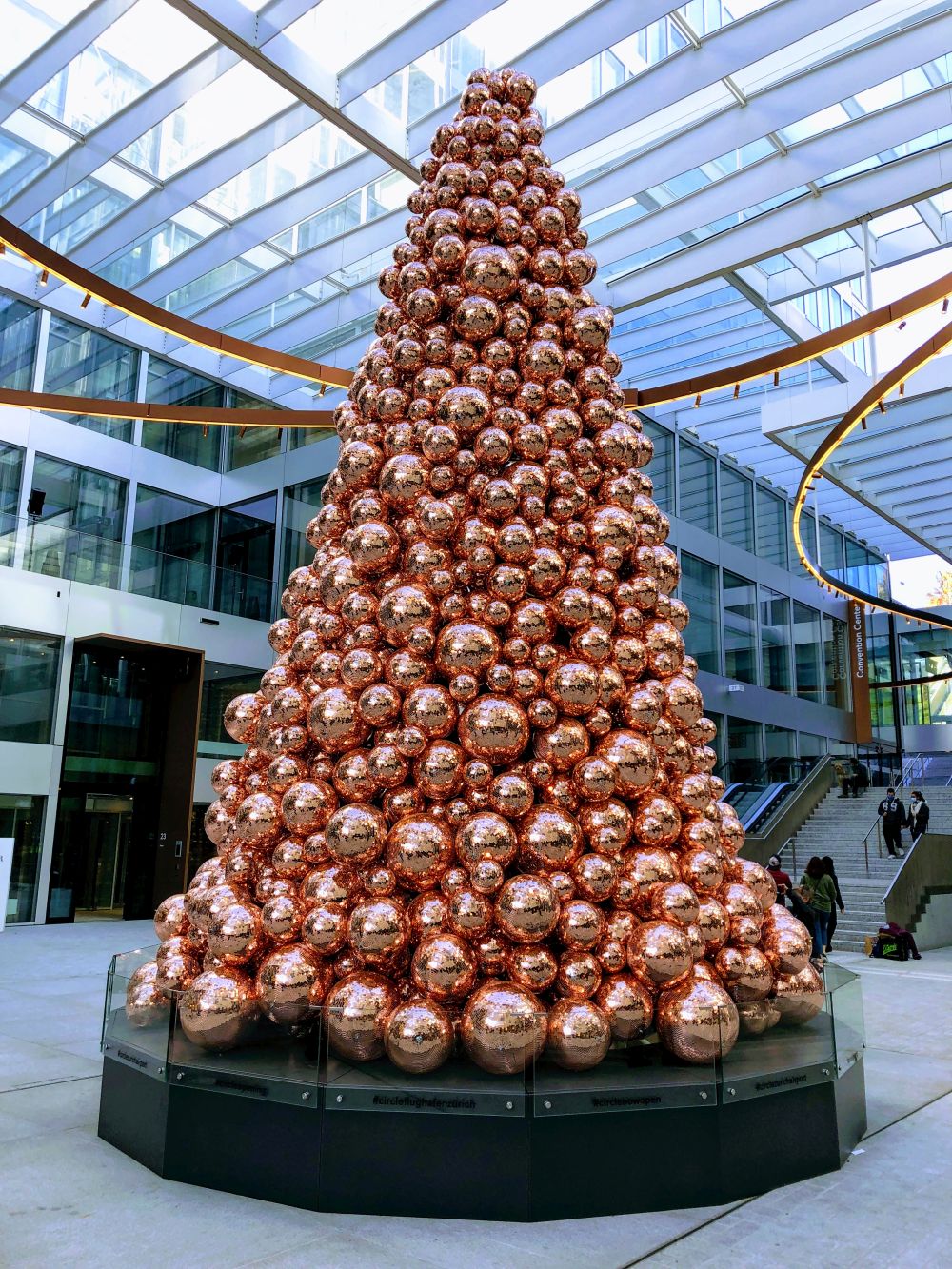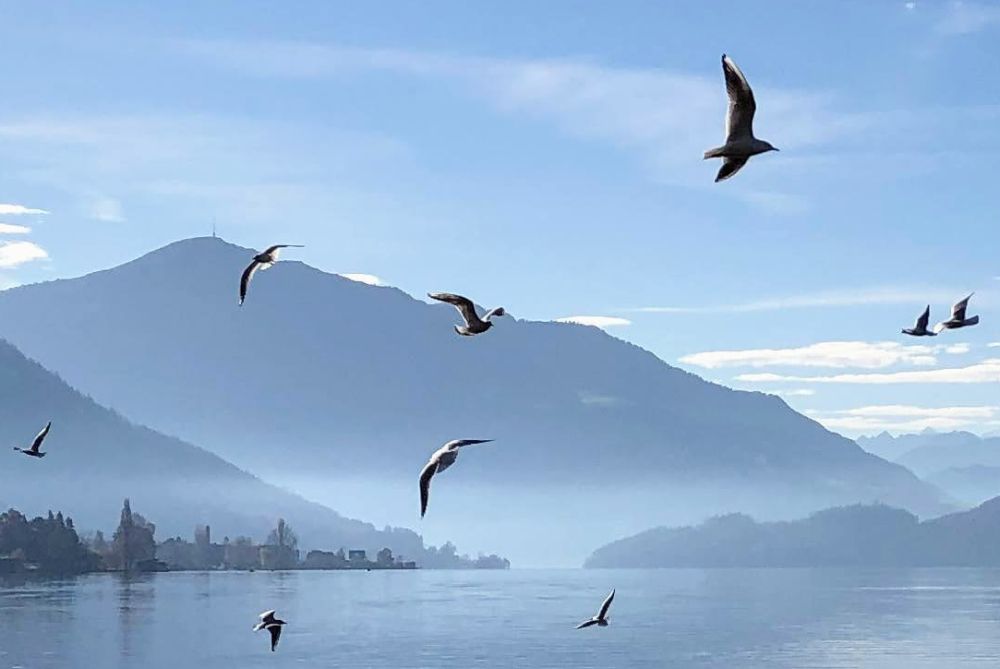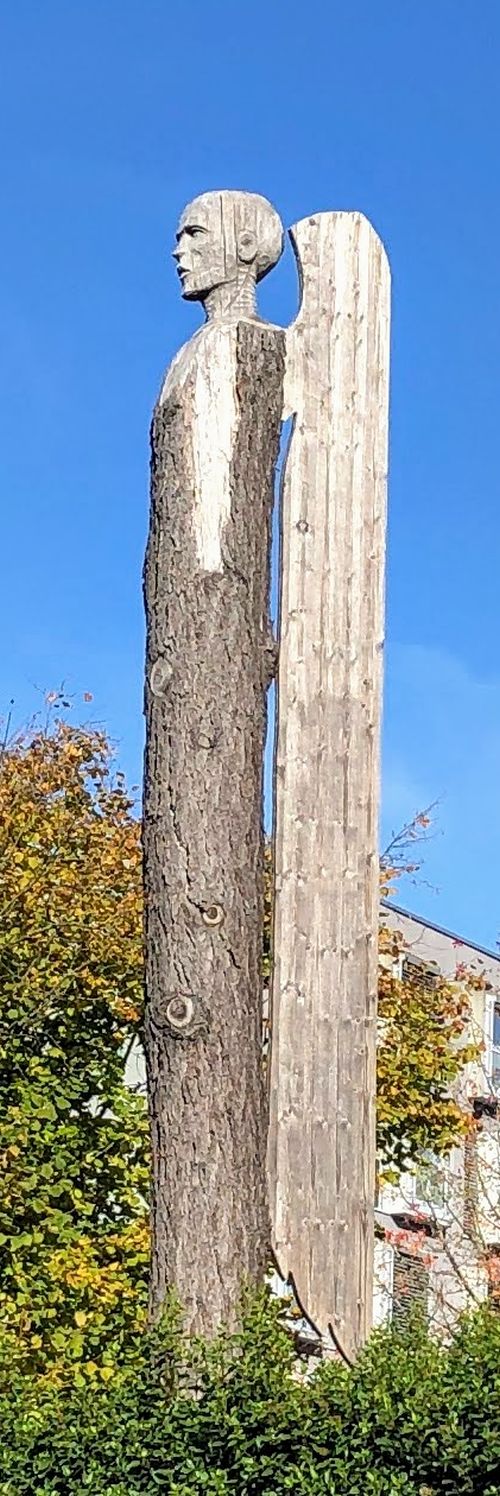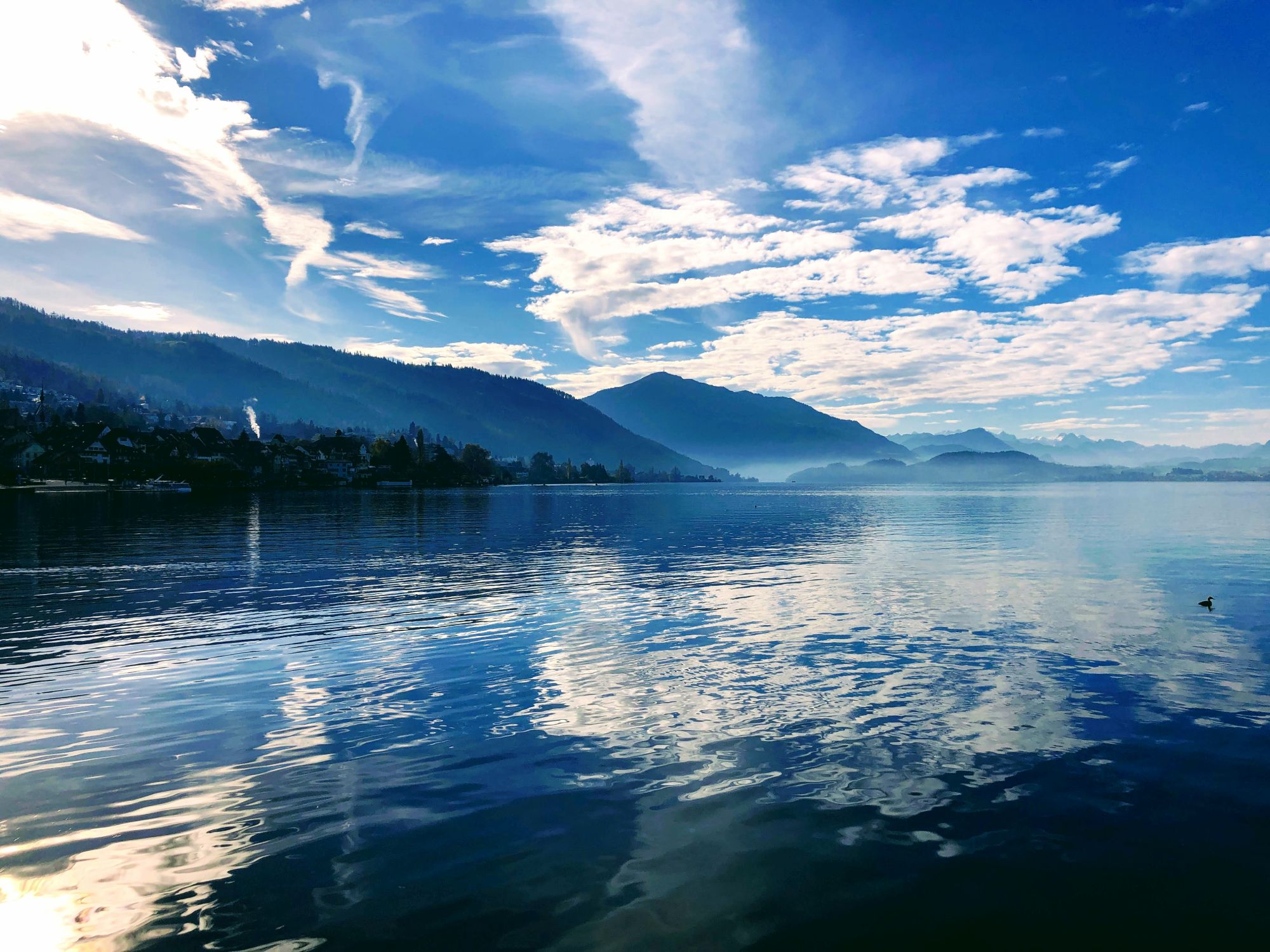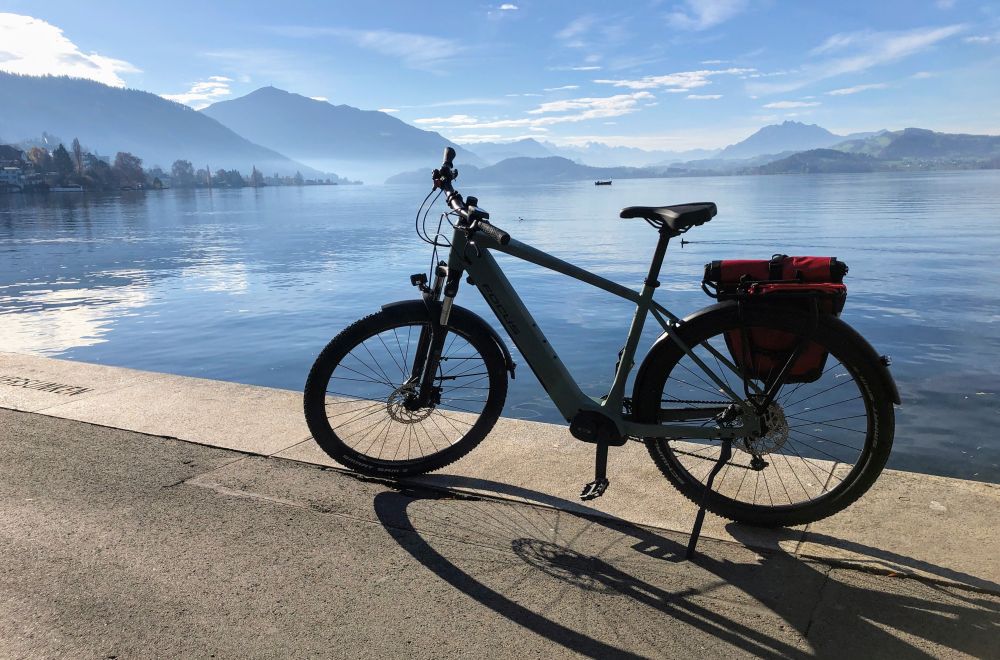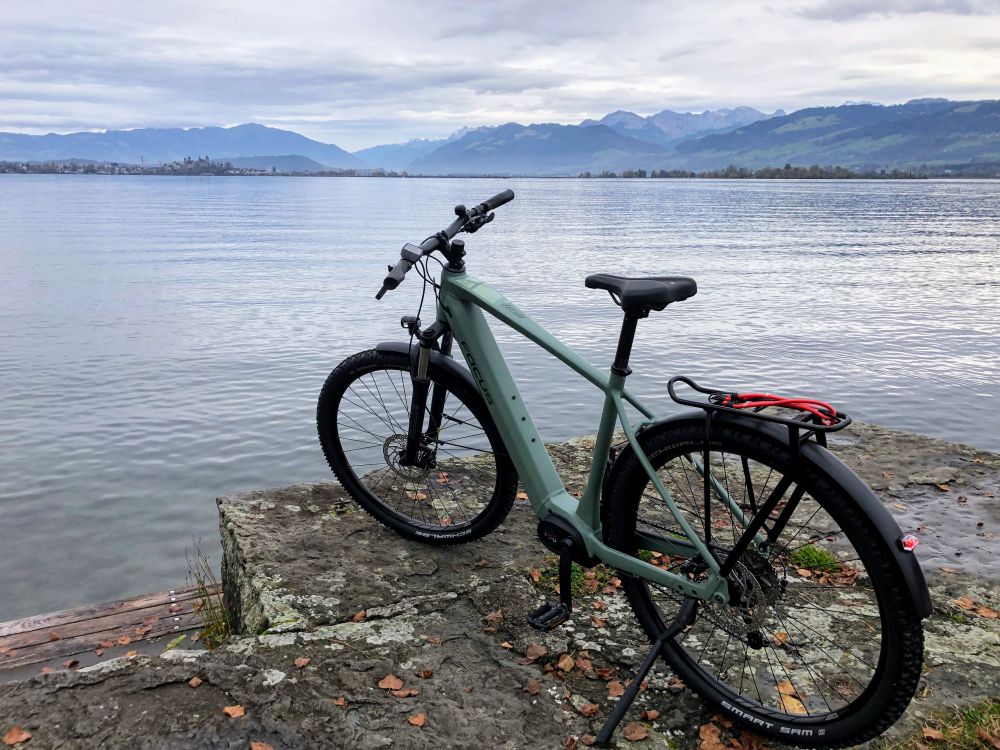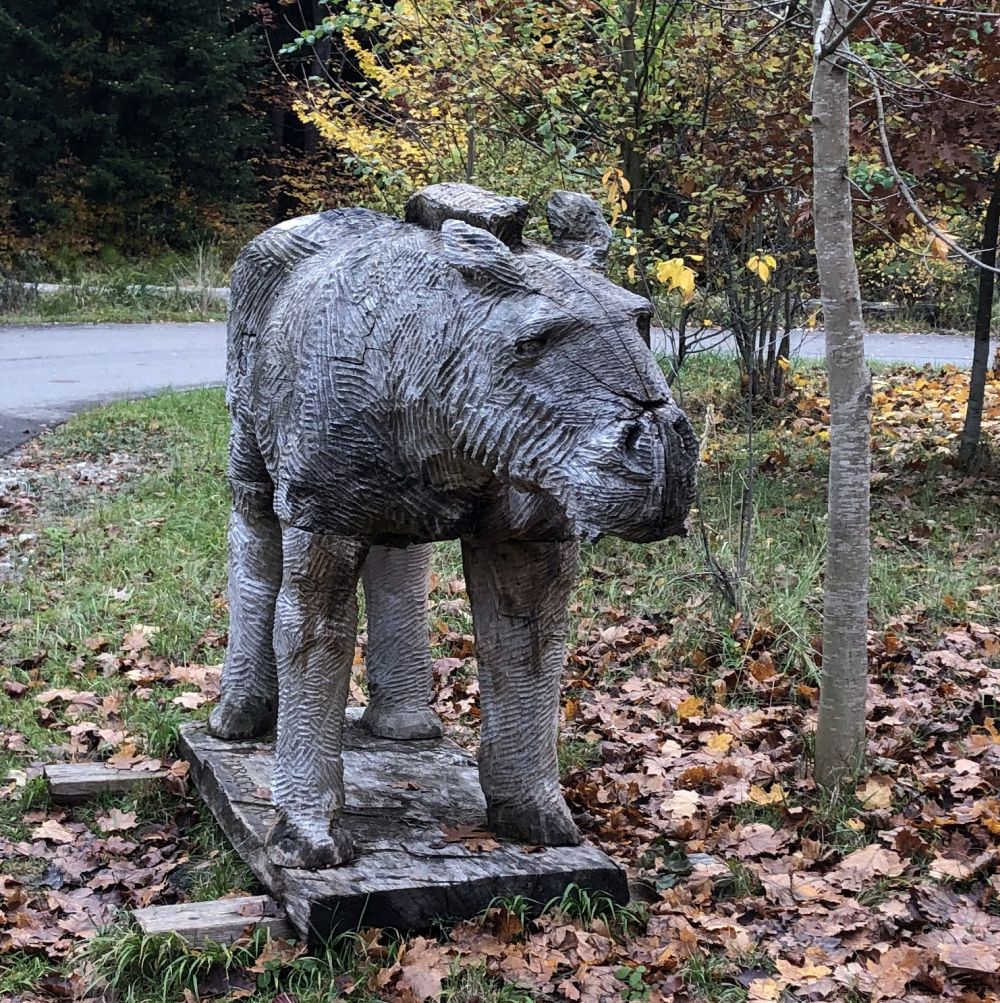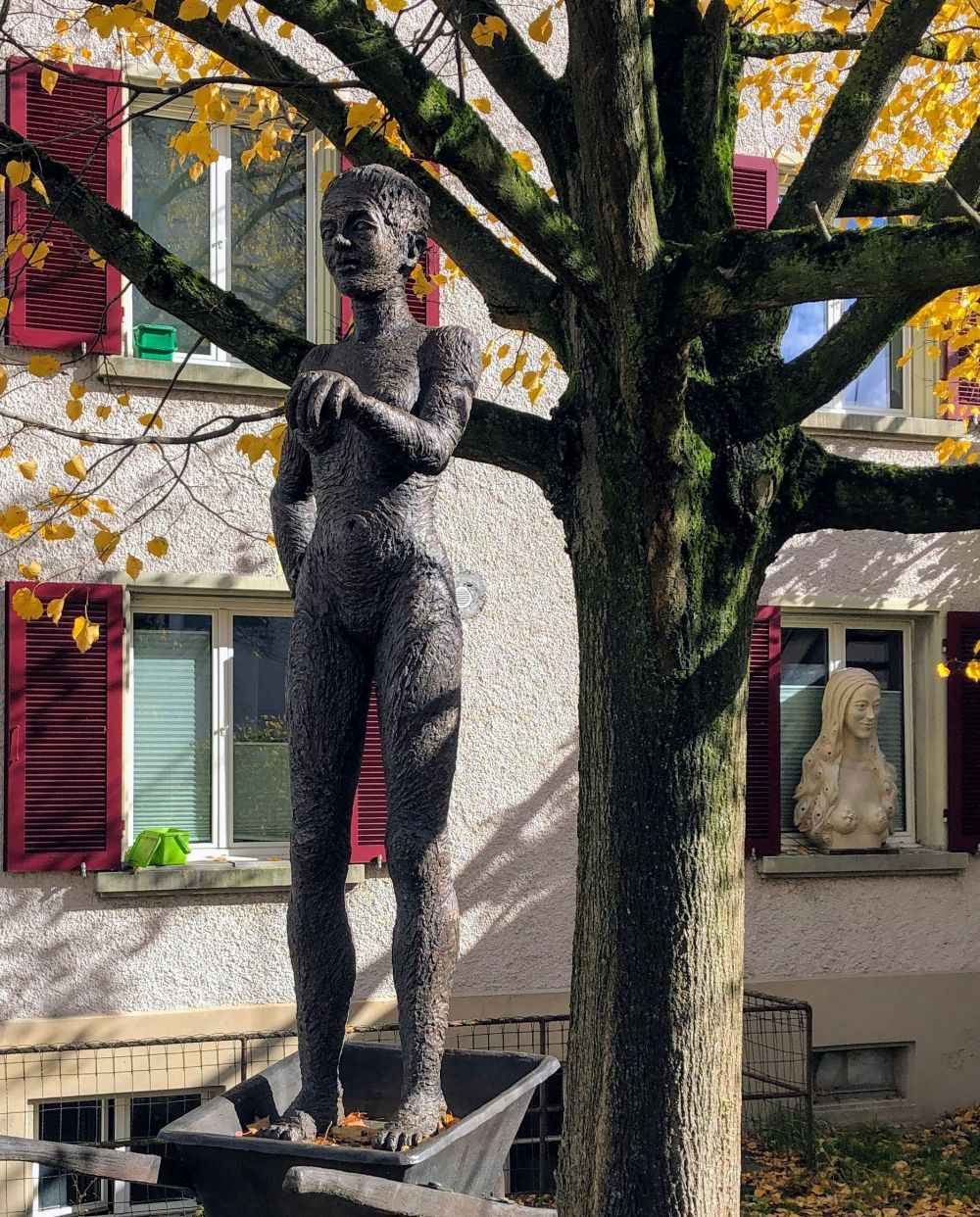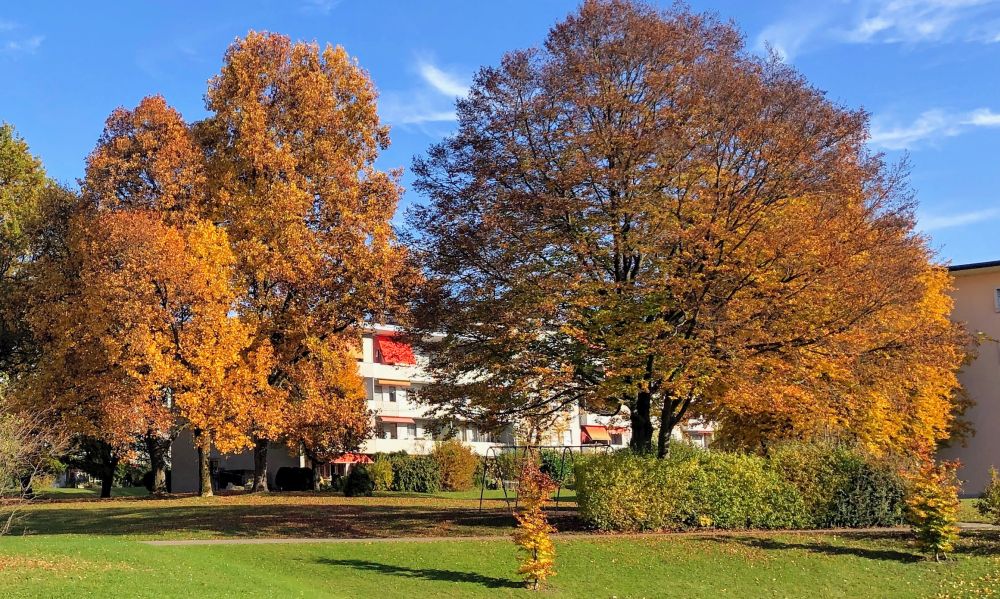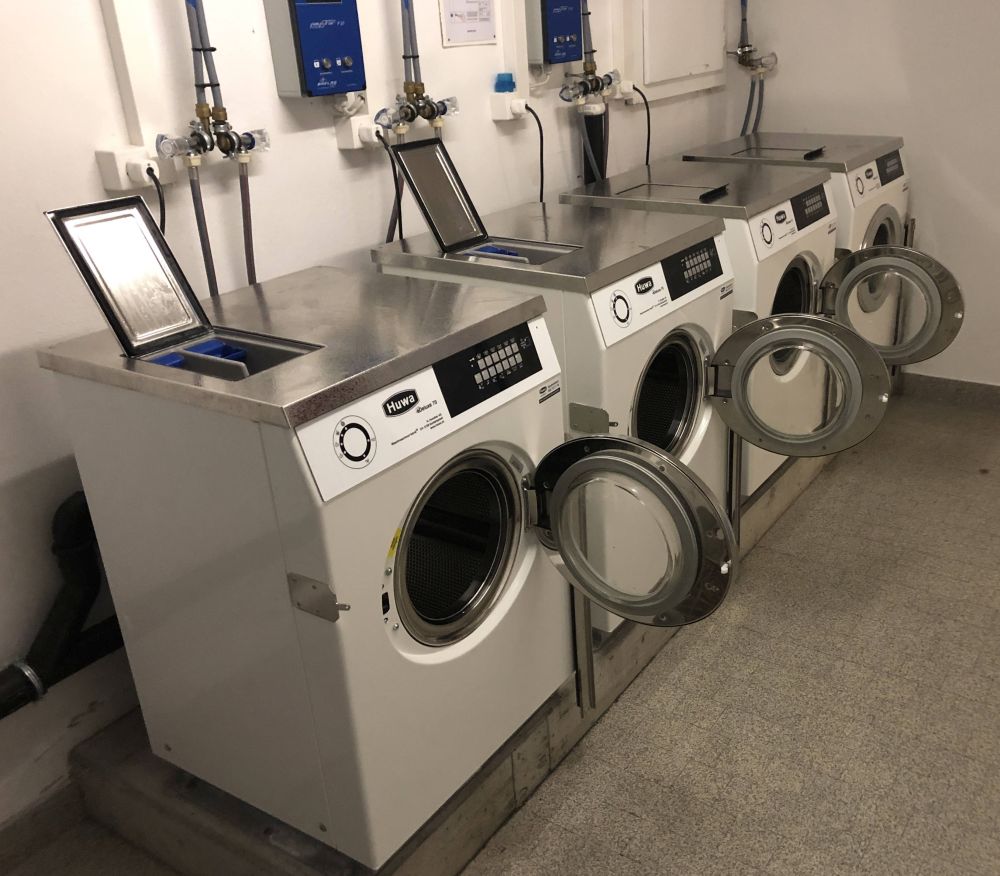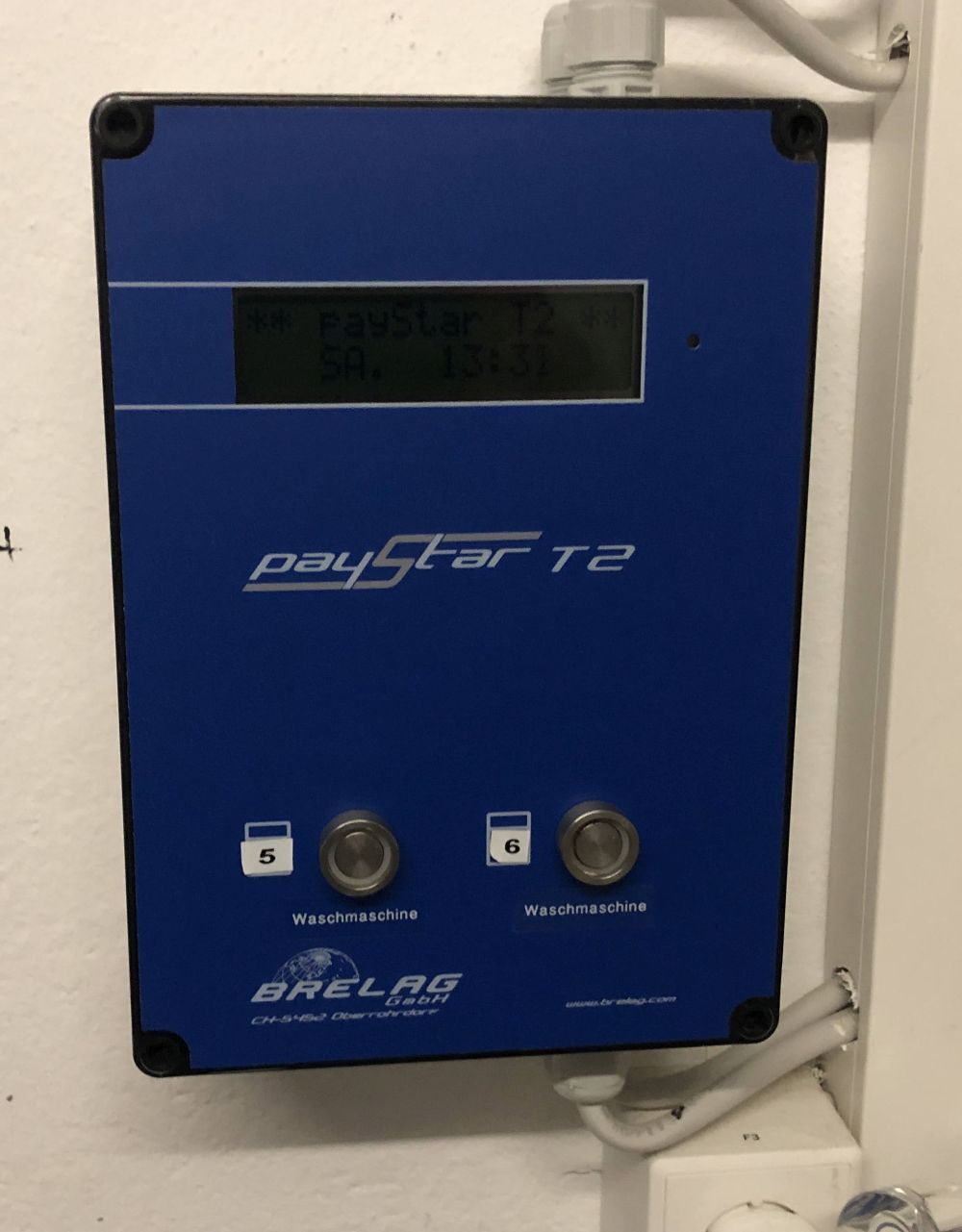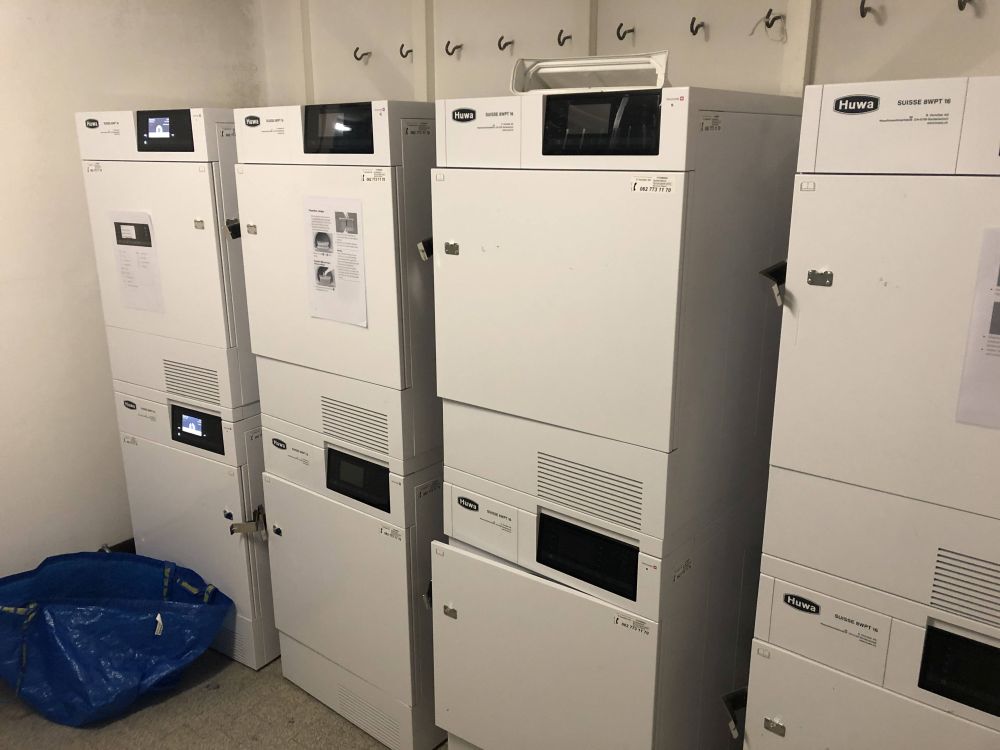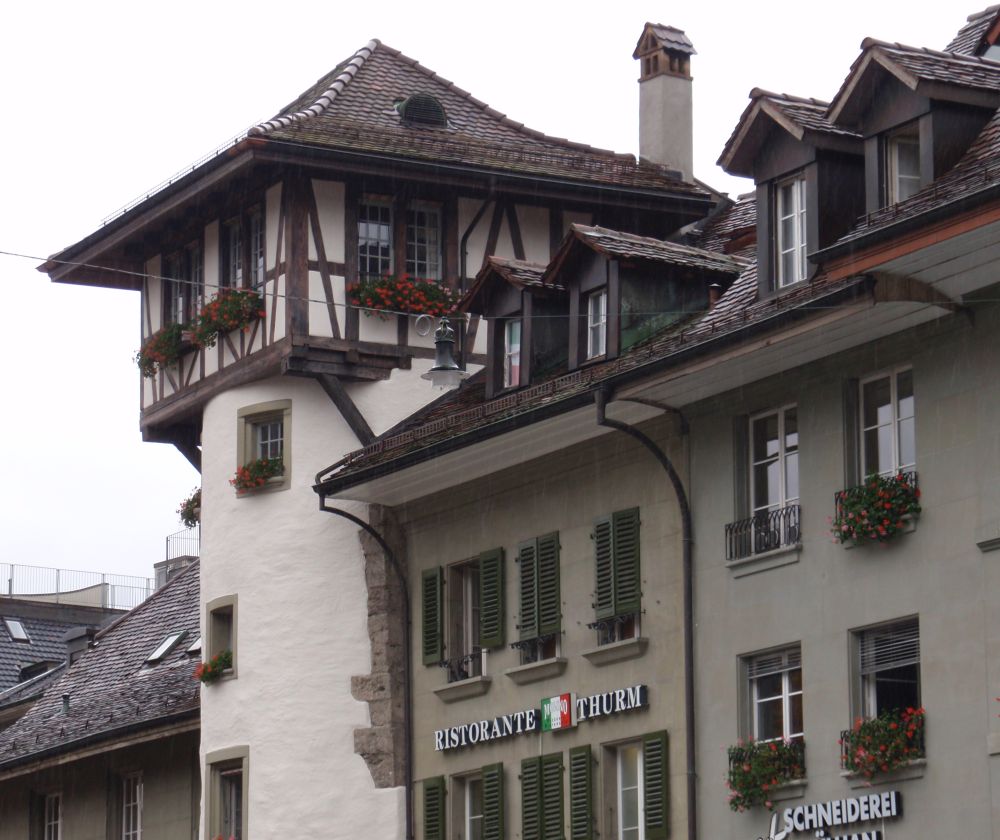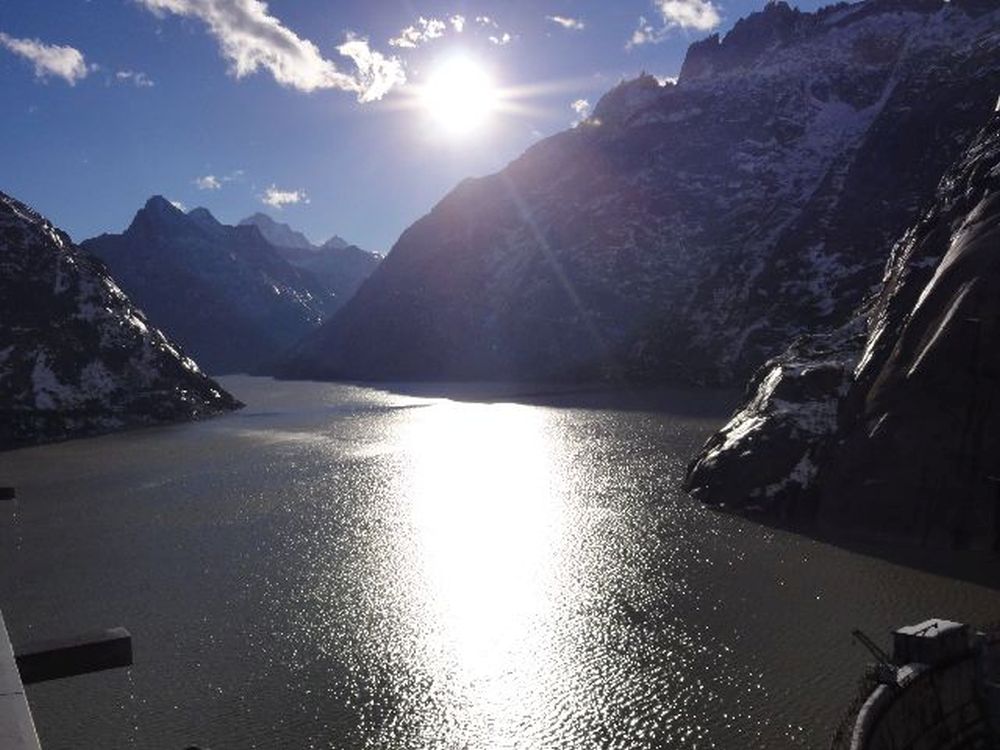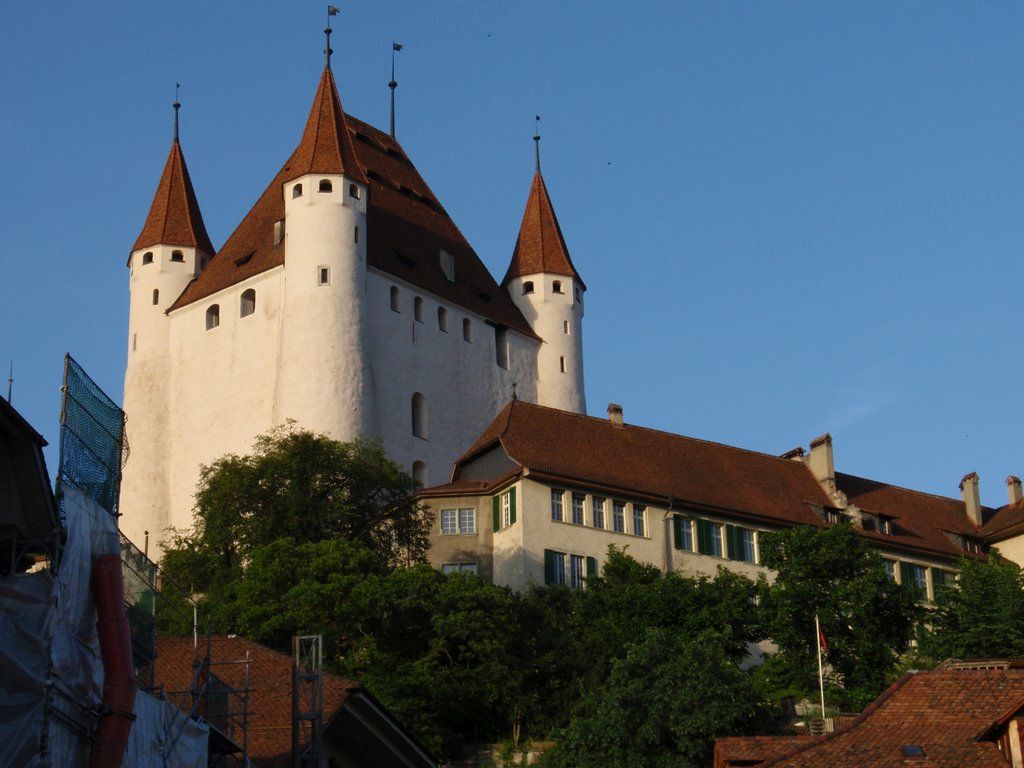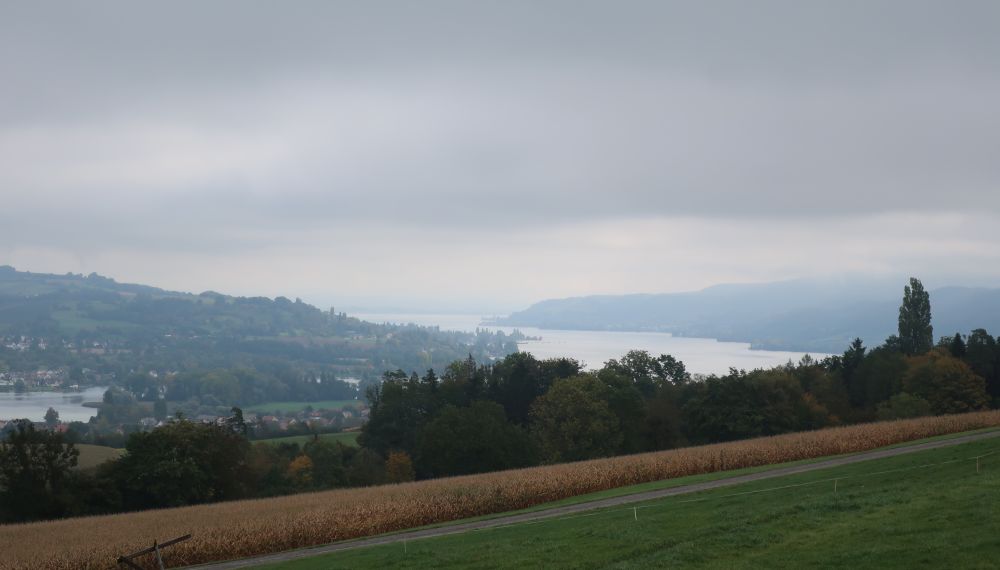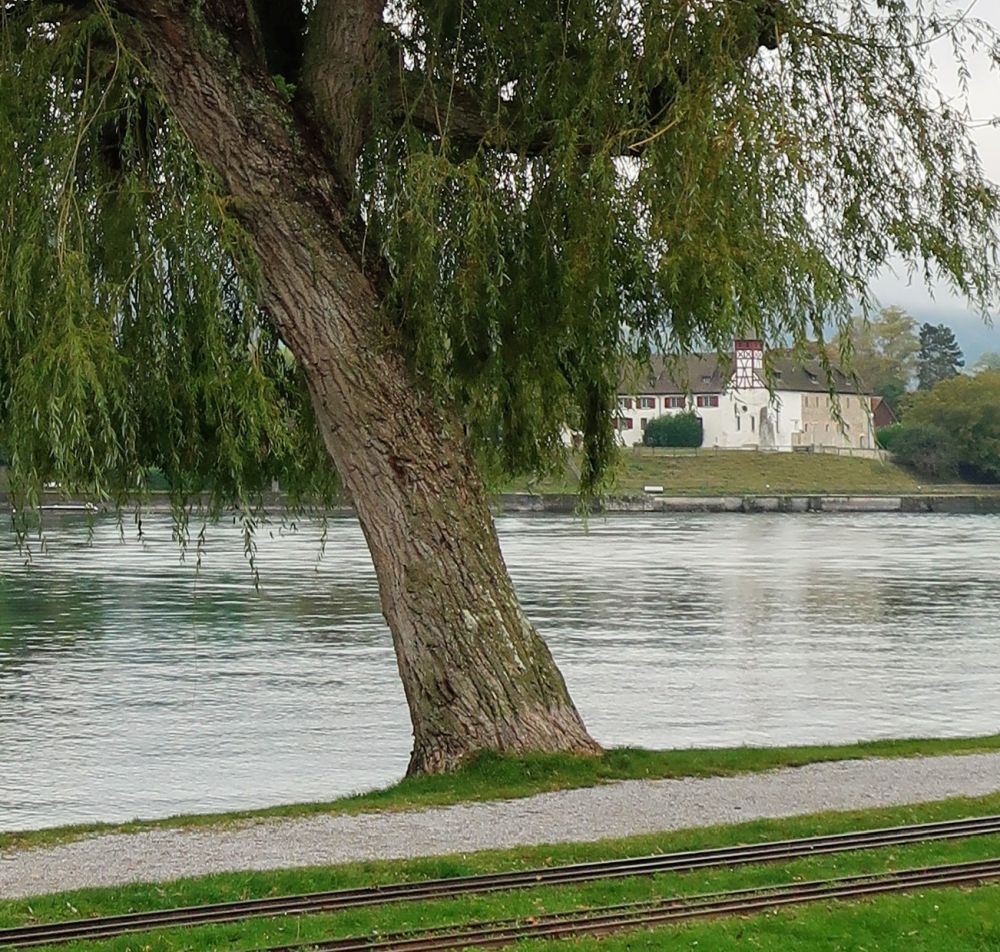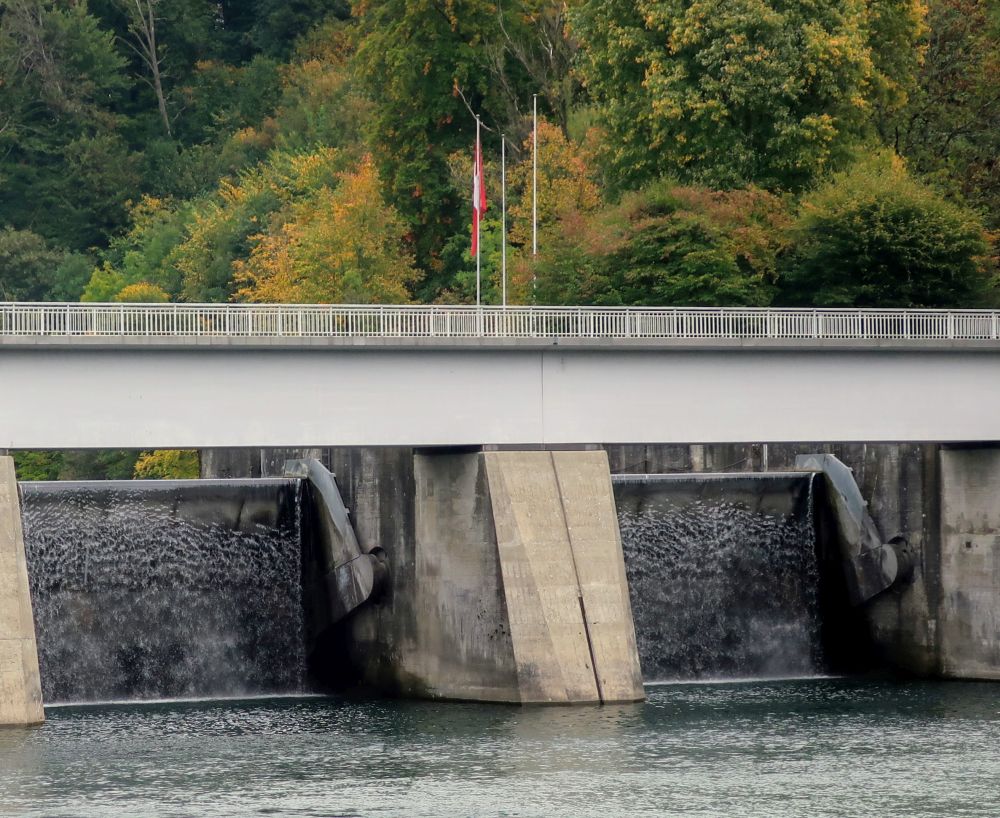Didn’t really try for an artistic snap here, I was mainly interested in spending more time looking at the nodules on the tree,
Swiss and Switzerland
Bridge over the River Reuss
OK, not exactly the Bridge over the River Kwai, which I captured in this snap here, but nevertheless I thought this made a nice shot. It was taken just outside of the historical medieval village of Bremgarten in Switzerland,
Historical weather station in Bremgarten
Continuing the series, here is an historical weather station I spotted just outside of the Altstadt in the medieval Swiss village of Bremgarten,
And here’s a closeup of the plaque,
Dead tree standing
Train text
Here’s a snap of a tanker wagon that I took at a railroad siding in Interlaken. I was amazed at how much writing was on the wagon – old symbols like stars that were probably innovations in their day, and modern messages like an email address. I am quite sure all this information is documented, but I am guessing it would be a Herculean effort in Google to find it all out.
Christmas Treeball at the Circle
Swiss Gulls on Lake Zug
Only the Tree Man remains . . .
Autumn on Lake Zug
Very, very odd jester
The Rhine Rider at Lake Zug
The Rhine Rider at Lake Zürich
Since 1997 I’ve followed the tradition of naming my vehicles.
In 1997 while studying physics and living in Urbana, Illinois, I bought a 1983 Oldsmobile for USD $200 from a good friend of mine, Andrei Botschkarov, at the time one of the top semi-conductor physicists in the world. (He was not personally a semi-conductor, but rather he did research on them). Anyway, it had a maximum speed of 40 mph, it turned itself off after 20 minutes, and the tires were so flat that the steel was mostly worn away. That car was classy – and there was no other approach than to give it a classy name: Urbana Cruiser. Sadly, I don’t have any photos.
There followed the Eiger Chopper, the Zurich Cruiser, the Euro Cruiser, and now the latest addition to my personal fleet: the Rhine Rider:
No, that’s not the Rhine. That’s Lake Zürich, also known as Zürisee.
Beast in the wild
Amazing Winterthur sculpture
Fall trees
Washing clothes in Switzerland
Washing machines in Germany and Switzerland are smaller and more energy efficient than those in the U.S. A normal washing cycle can take as long as 90 minutes, and a deep cleaning can take up to 3 hours!
Here is the room in my apartment building where the washing machines are kept:
The spin cycle of the better machines can reach over 2000 revolutions per second – this is an amount that is so high, in many cases the more delicate clothes cannot handle the stress and they are damaged. Needless to say, after spinning at these high speeds the clothes are effectively dry when they leave the machine.
Here is the little box where you add the detergent and, if you use it, the softening agent:
In my building, the machines were in use nearly 24×7 – and we have 8 washing machines and 8 dryers! Well, it turns out the machines were not being used by the residents, but rather the friends of residents – whole families even!
So recently they installed a charging mechanism. You can charge up a little chip here:
Then to activate a washing machine or a dryer, you hold the chip up to this device mounted next to the machine you want to use:
The costs are almost negligible – I think CHF 0.50 to wash clothes and to dry them. But . . . since the charging mechanism was installed, now the machines are only used by people in the building. Generally speaking, there are always at least 2-3 machines available whenever I want to use one!
Drying clothes in Switzerland
Switzerland is very similar to Germany in many regards. In one regard, the washing machines and drying machines are often kept in the basement of apartment buildings.
In my case, the apartment company furnishes the machines for the use of the residents.
Here is the room with the drying machines:
In America, the drying machines blast hot air through the clothes, and the warm humid air is vented directly to the outside. It’s tough on the clothes, and it requires the machines be placed in close proximity to an outside wall.
Here, normal air is blasted through the tumbling clothes. As it exits the machine it passes through a condensation chamber, and the water is condensed out of the air. Better on the clothes, and it means you can position the drying machine anywhere you like.
Here is a snap from the back that shows the water tubes that drain the condensation chambers into the water drainage in the building:
The breathtaking Holländerturm of Bern
Grimselsee
Rhein houses
Thun Castle
Rhein in the fog
Zürich panorama
Rhein house
Rhein power
I think there has to be a law in Switzerland: if there is any flowing water slightly larger than a garden hose, then you must build a hydroelectric power plant to capture its energy. Well, if there is such a law, it’s not a bad law to be sure! This is the hydroelectric power station along the Rhine river in Schaffenhausen, in north central Switzerland.

